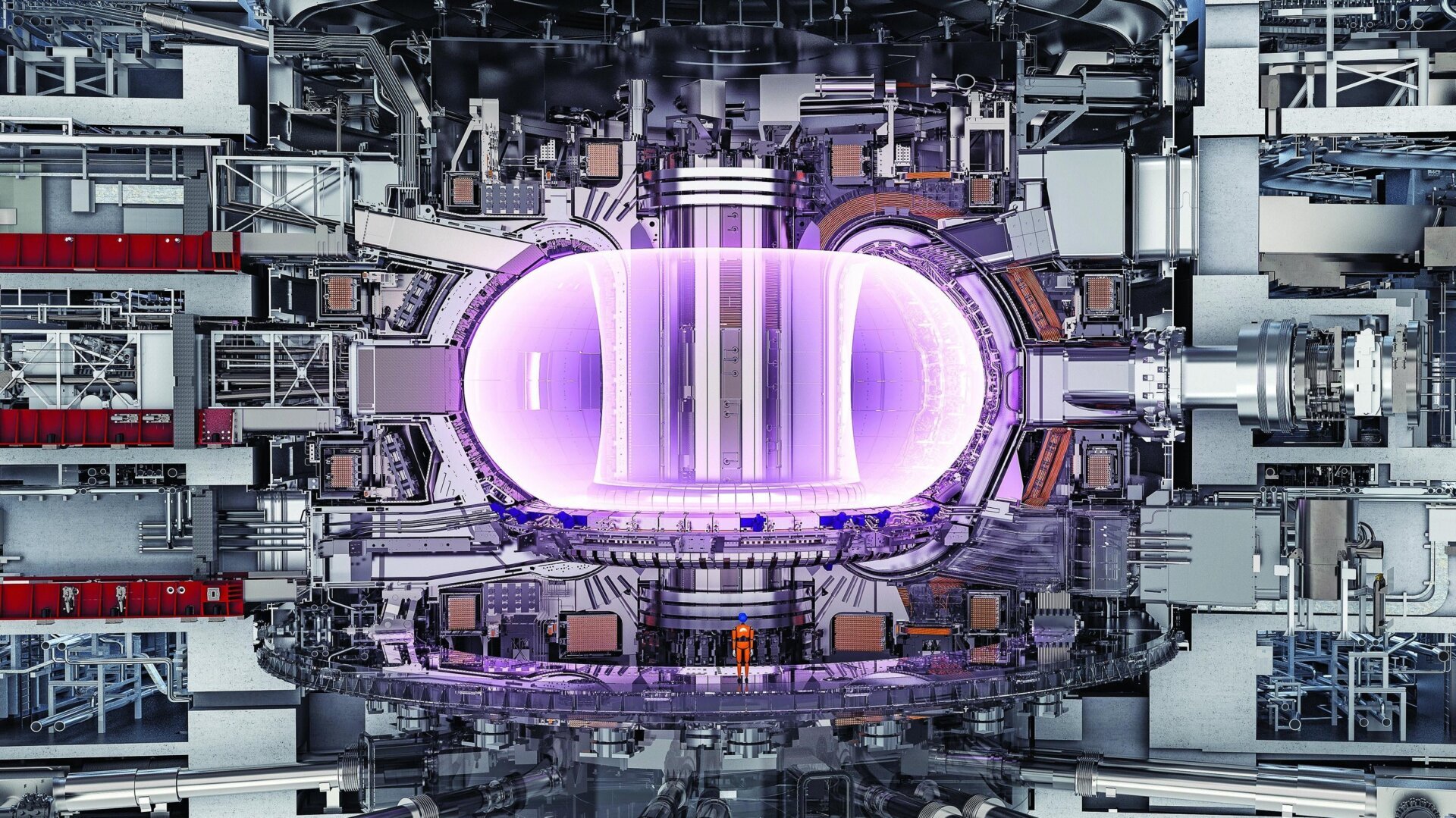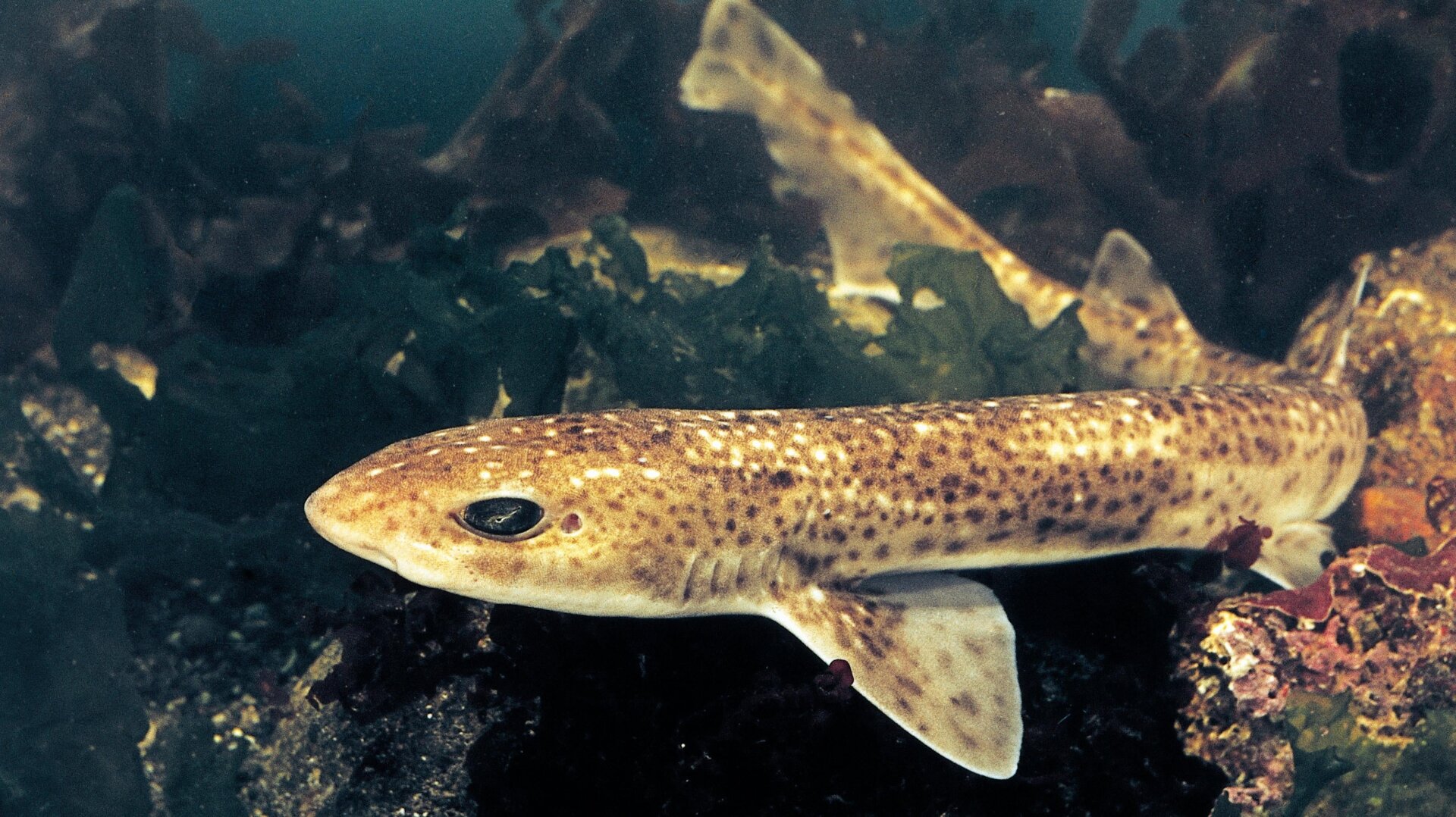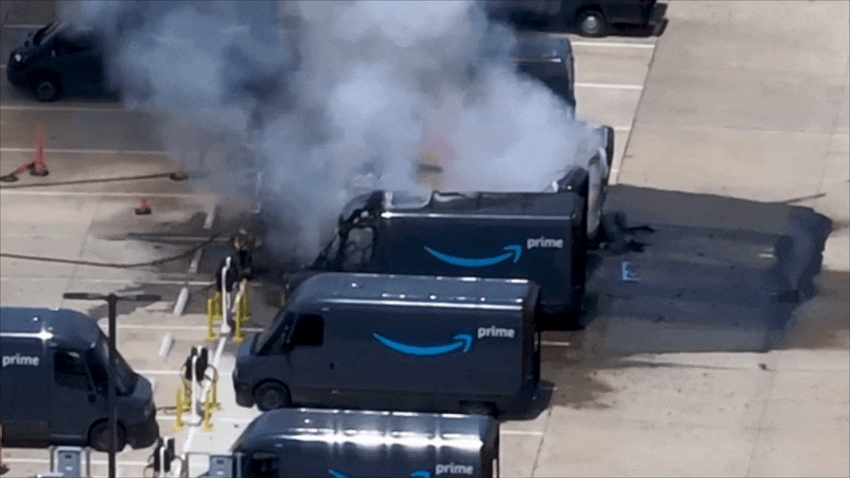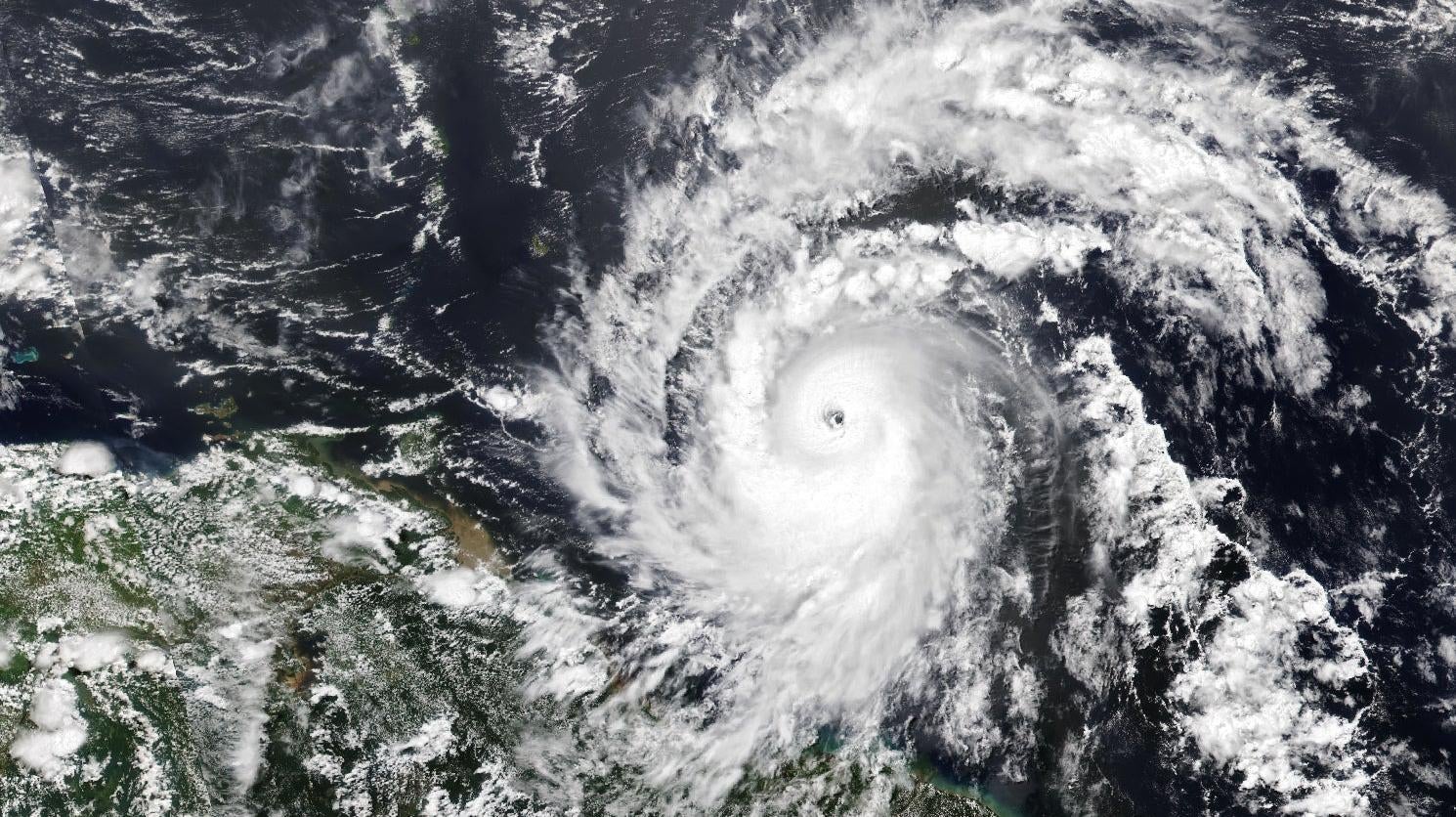A few weeks ago, a friend sent me a link to an event that was part of New York’s Climate Week. The panel’s title was “Choosing a climatarian diet: the case for including beef”; the description promised a discussion of the “role beef production plays in a climate-smart food system.” I’ve never clicked a “register” button so fast in my life.
Beef is, arguably, the least climate-friendly food out there. Cattle farming is responsible for 9% of global greenhouse gas emissions, thanks in large part to how cows naturally produce methane as part of their digestive process. I was very curious as to how the industry might attempt to spin its way out of these inconvenient facts, so I signed up for the talk. The panel was a perfect example of the ways a powerful, polluting lobby is working to twist scientific facts to suit their own PR goals.
The talk itself, held September 20, was sponsored by the National Cattlemen’s Beef Association, the main lobbying arm of the beef industry, and many of the panelists’ viewpoints echoed those found in other materials made by the group—including the “Beef. It’s What’s For Dinner” website. That, in turn, is part of a revitalized marketing campaign from the industry that is paid partially from the Beef Checkoff Program, which was created in the 1985 Farm Bill that mandates beef producers pay a certain amount of money toward the group to be used for marketing. The Climate Week talk appears to be a larger push by the lobbying group launched last year to “share beef’s sustainability story.” (Coincidentally, I got a slew of targeted ads for the site during Climate Week on unrelated websites and social media platforms after I’d signed up for the webinar; it seems like the industry really wanted me to understand that beef could be a sustainable option.)
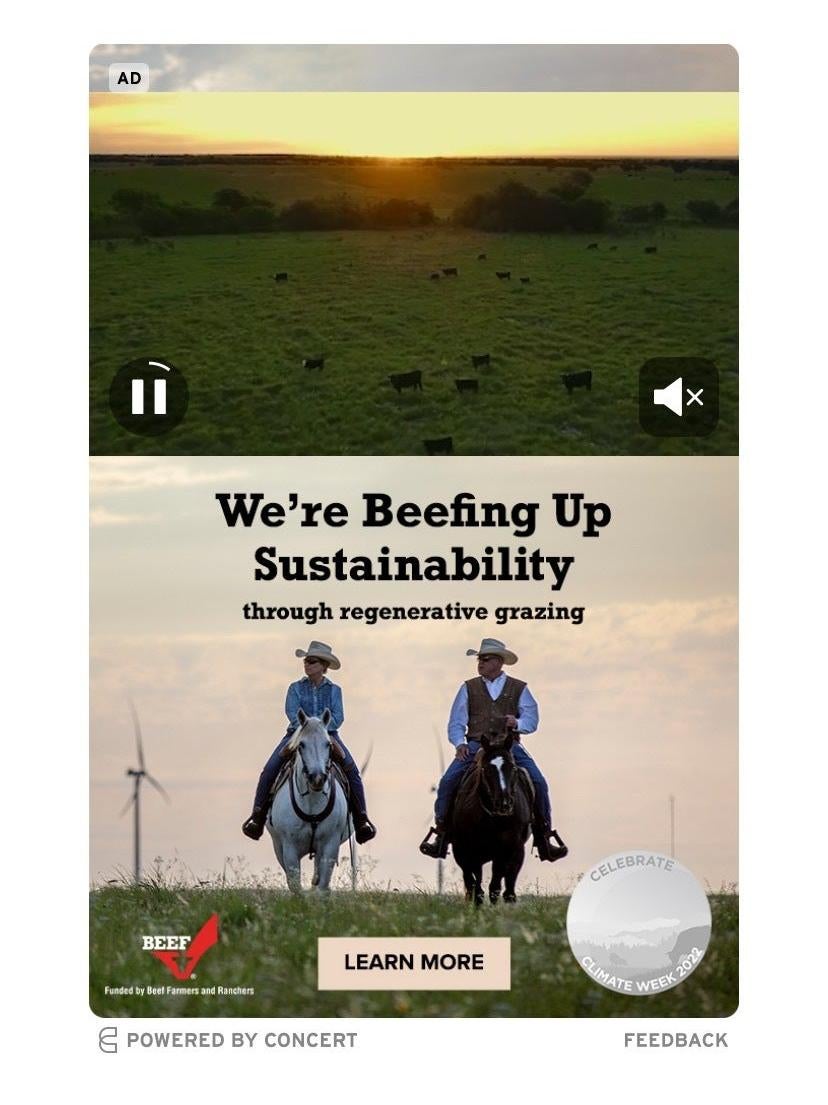
A big focus of the first portion of the talk was cows’ ability to do something panelists kept referring to as “upcycling”—a term the industry website has a whole definition page for. Cows, the panelists suggested, are “upcyclers” because they can digest things we can’t, like grass. What’s more, the land that cattle graze on is land that is often unsuitable for other activities, like farming or reforesting.
“Cattle can upcycle nutrients and turn it into a human edible protein product,” said panelist Clay Mathis, the director of a ranch management program at Texas A&M University. “That’s climate-friendly to me.” (For those of us who haven’t drank the industry Kool-Aid—er, milk—the plain English explanation of “upcycling” appears to be the simple process of eating nutrients and then growing muscle, as all animals on Earth do.)
While all of this spin may make beef sound like a great environmental option, even if cows are eating stuff we can’t, like grass, beef still takes a heck of a lot of resources to produce. Statistics show that beef is the most resource-intensive and emissions-intensive meat, emitting significantly more than other proteins like chicken or pork. Vegetables, beans, and other crops, meanwhile, have an even lower footprint: While beef creates between 20 and 75 kilograms of carbon dioxide equivalent gases per 100 grams of protein, beans and peas create just 0 to 2 kilograms of CO2 equivalent for the same amount of protein. And the claims about grasslands being unfit for other uses ignore the historic fact that much of today’s grasslands were actually once forests destroyed for the purpose of raising cattle, a trend that is continuing today as beef demand rises worldwide.
“The majority of global pasture land can’t grow crops, so if you’re raising beef and other ruminants on native grasslands, that is a productive use of that land,” Richard Waite, a senior research associate at the World Resources Institute, told Earther. “But there’s also hundreds of millions of hectares of pastureland that used to be forest. If you look into the future, the population is growing, beef demand is growing, and we’re knocking down parts of the Amazon for new cattle pastures.”
The Amazon is, of course, not in the U.S., and much of the grassland used for grazing in the U.S. was made decades ago; the American beef industry does have a measure of distance away from deforestation. But in a global economy, the lines between national consumption and production are not so clear. A burger served in the U.S., the second-largest consumer of beef per capita, may or may not be made with beef produced in the U.S.
“People say beef in the U.S. isn’t associated with deforestation, and that’s true,” Waite said. “But beef produced elsewhere is very associated with tropical deforestation. It’s a little tricky—where do you draw the boundaries on your analysis about the effects of U.S. beef production and consumption on the climate?”
The grasslands the cows graze on themselves were also a topic of discussion at the industry panel. Those grasslands, several panelists claimed, helped make beef “climate-friendly” because they provided habitat for sage grouse and other important animals and ecosystems. The grasslands, the panelists said, can also act as carbon sinks.
These arguments are a little odd. Sage grouse are an important species to preserve, but unless you can jerry-rig them to become a new kind of carbon sequestration mechanism, the survival of one bird species has little to do with the significant emissions from an entire industry—conservation is not always the same as fighting emissions.
Meanwhile, carbon sequestration through land management is a great idea, and yes, land used for beef grazing can help. But the EPA has actually done the calculations on the emissions created from U.S. livestock farming versus the benefits of the carbon sequestered on those grasslands, and the math doesn’t work out. The agency’s most recent report on agriculture-related greenhouse gas emissions shows that the amount of carbon sequestered from grasslands used in agriculture was nowhere near enough to offset the emissions created from enteric fermentation from livestock. In other words, grasslands aren’t sequestering nearly enough carbon to be worth all those pesky cow burps.
The cow burps finally came up during the last 20 minutes of the hour-long panel, when the host turned to address what she called the “elephant in the room”: methane emissions. From the exasperated chuckles that permeated from many of the panelists, it was clear that this is an industry stress point. One panelist pointed out that emissions from agriculture are only a small fraction of overall U.S. greenhouse gas emissions. Others complained of a lack of what they see as reliable, publicly available data, insinuating that the public is being misled on beef’s actual impact on the climate.
“I see different [emissions] numbers all the time, and I see passionate people confidently giving these numbers, and I have no idea where they’re coming from,” Mary Cressler, a wine and food writer and cookbook author, said on the panel. “It confuses me, and I’m sure it confuses a large portion of consumers out there.”
This is a pretty deliberate misdirect, and the numbers aren’t actually that difficult to understand. Per the EPA, emissions from enteric fermentation alone—cow burps—are responsible for a whopping 25.9% of the country’s total methane emissions. Those emissions work out to about 2% of the U.S.’s overall greenhouse gas emissions, which include CO2 and other emissions from big sectors like electricity, transportation, and buildings.
That 2% might seem like a really small number, but the U.S. is the second-largest emitter in the world, responsible for more than 12% of the entire world’s emissions. Addressing even what seems like a small percentage of U.S. emissions can make a real dent in the amount of CO2 in the atmosphere, and seemingly small changes are still crucial, given how close to the edge we’re coming to runaway climate change.
The importance of curbing methane emissions, specifically, cannot be overstated. Methane lasts in the atmosphere for about 8 to 10 years. That’s much less time than carbon dioxide, but methane is about 80 times more potent while it’s up there. Rising levels of global methane in recent decades have meant that warming is revved up by these intense, short-lived emissions. Curbing methane emissions in the short term will be crucial to meeting longer-term climate goals and avoiding runaway warming. The U.S., for its part, last year spearheaded a global effort to reduce methane emissions 30% by 2030; addressing emissions from beef will be a part of those reductions.
In absorbing all this pro-beef PR content, I was struck by the similarities to another polluting industry that has produced buzzwords and deliberately misdirected science like this: oil and gas producers. In recent years, we’ve seen Big Oil publicly turn away from its classic tactics of climate denial in favor of PR spin and snappy new phrasing (“carbon-neutral oil,” “lower-carbon future”) to convince consumers that they are working for the planet—a strategy that seems to be at play here. These strategies can be really effective. Making fun of goofy terminology, like calling cattle “upcyclers” for simply eating grass, is all well and fun, but the oil industry has seen real success with its PR tactics: The idea of a “carbon footprint,” after all, was originallycoined by BP in the early 2000s in a (successful) attempt to shift the spotlight of climate responsibilities from big companies to consumers.
The beef lobby is a decades-old, powerful force, but much of this climate messaging seems to be on the newer side. According to the Wayback Machine, which helps archive parts of the Internet, the “upcycling” page on the beef industry website was only logged for the first time in August 2020. And any ambiguity about the purpose of all this spin can be resolved with the industry’s own marketing materials. The Beef Checkoff website plainly states that campaigns it pays for are intended to “increase the demand for beef at home and abroad.” Regardless of how protected sage grouse are on beef lands, or how cows might be able to eat grass while we can’t, more beef is directly in contradiction to what needs to happen for a human-habitable planet. If I had to guess, the beef industry may turn more and more to using sustainability-adjacent language in the coming years to try and sell us all more beef—and bullshit.
“We can’t pick and choose solutions—we have to think about reducing emissions as much as possible,” Waite said. “In places where we consume more beef, like the U.S., we have to think about how to reduce consumption. Doesn’t mean everyone has to go vegan or vegetarian, but it means less meat, it means less beef per person.”
Correction 10/12/22 8:24 A.M. ET: This piece has been updated to correct the amount of global emissions cattle are responsible for. It is 9%, not 14%.



